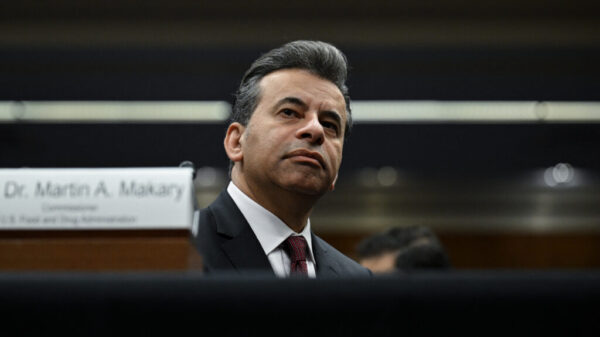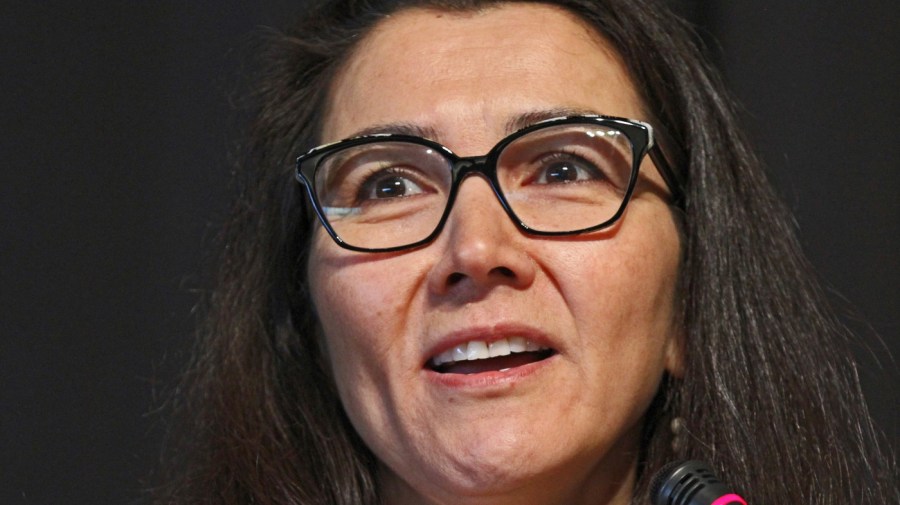UPDATE: New findings from the National Transportation Safety Board (NTSB) reveal that the plane crash that tragically killed Eugene Peltola Jr., husband of former U.S. Representative Mary Peltola, was overloaded with 117 pounds of moose meat. This urgent revelation sheds light on the circumstances surrounding the fatal incident that occurred nearly two years ago.
The crash involved a Piper PA-18-150 small aircraft, which Eugene Peltola was piloting solo. The NTSB’s report, released on Tuesday, indicates that the excessive weight may have been a critical factor in the accident, which claimed Peltola’s life on August 12, 2021. The details of this investigation are crucial not only for understanding the tragedy but also for ensuring future aviation safety.
The NTSB’s findings highlight the importance of adhering to weight limits in aviation. Overloading an aircraft can severely impact its performance and safety. Authorities confirmed that the weight of the moose meat exceeded recommended limits, contributing to the aircraft’s loss of control.
Mary Peltola, who served as Alaska’s first female U.S. Representative, has not publicly commented on this latest development. However, the emotional toll of losing her husband in such a manner has been profound, and this new information adds another layer of complexity to their family’s tragedy.
The NTSB continues to investigate the incident, and their findings may influence regulations surrounding small aircraft operations, particularly in remote regions like Alaska where such flights are common. The implications of this report could resonate throughout the aviation community, prompting pilots and operators to reassess their practices regarding weight management.
As the investigation unfolds, many are left wondering what additional measures could be implemented to prevent similar tragedies in the future. This report serves as a crucial reminder of the risks associated with aviation and the need for stringent adherence to safety protocols.
Stay tuned for more updates as this story develops. The implications of the NTSB’s findings are significant, and they could lead to necessary changes in aviation safety standards to protect lives in the air.







































































